My backyard has always been a place to retreat to when life gets stressful. With so many uncertainties in our lives on any given day, it is good to have a place that we can sit back and just watch nature all around us. Since moving to East Texas five years ago, I have been continually impressed and in awe of the nature in my own backyard!
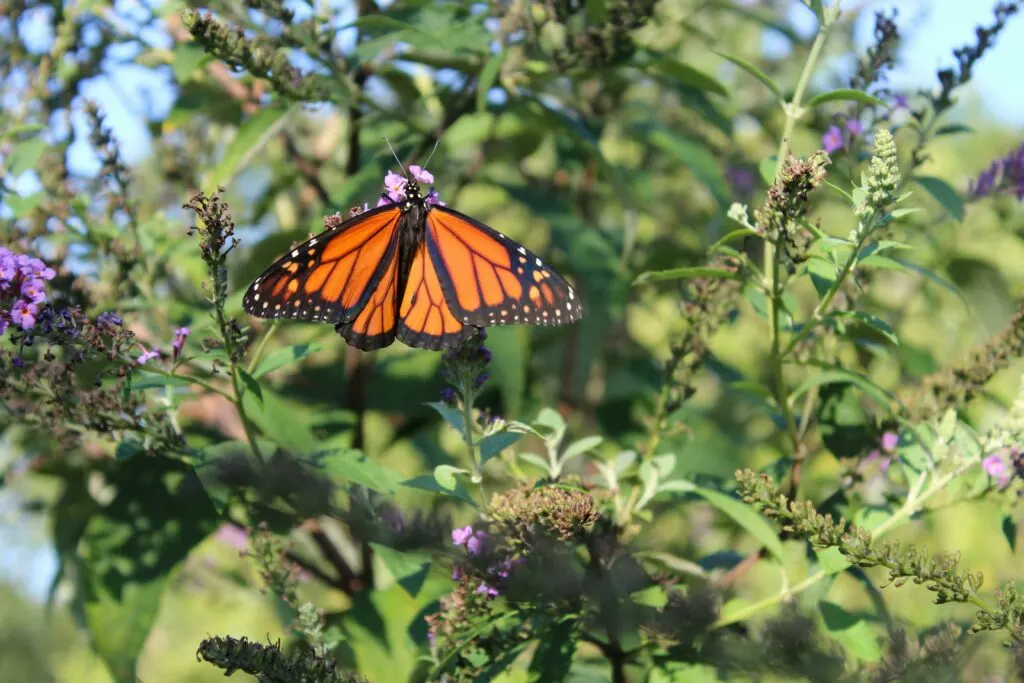
Photo by John Barnard – this post contains affiliate links
We continue to try to make our backyard space a place that is inviting to bees and butterflies. It was somewhat handed to us because the previous owners took care to grow bee and butterfly friendly plants and kept up with their landscaping, but finding out how to maintain this level of nature love has been fun!
We have had a couple of very harsh winters for Texas since moving here, so some of the pollinator plants died and I am trying to add a variety of plants back to my gardens and yard.
The Monarch Butterfly Population is Declining
Many obstacles are causing the monarch butterfly population to decline. Habitat loss is a big reason, as butterflies need a natural habitat to live, eat, and multiply.
Plant a Pollinator Friendly Yard and Garden
One great idea for families to do together is to plant a pollinator friendly yard. I know that my three sons are always looking for things to do, and since we love being outdoors, a pollinator friendly yard and garden only makes sense! It is so much fun seeing butterflies and bees visit the yard and flowers that you planted! Milkweed and other nectar flowers are top priority for a pollinator yard. Try adding some wild violets in your garden!
What better way to bring education home than to talk about the life cycle of plants while creating a garden, and discuss the life cycle of a butterfly and a bee! My kids love getting in the garden with me. Yes, digging in the dirt is super fun for a little boy, but they also love digging a hole for the plants, dropping seeds or plants in the ground, watering them, and watching them grow all season long! And you cannot have a successful fruit and vegetable garden without pollinators!
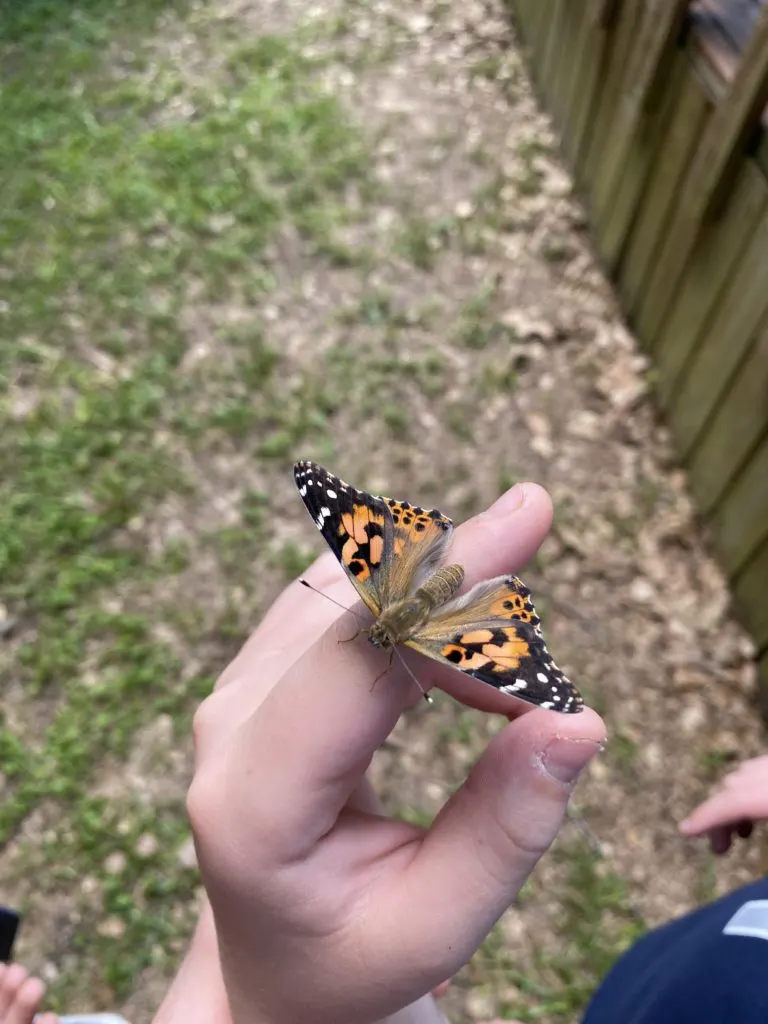
Painted Lady Butterfly – not a Monarch, but still a very special pollinator!
How do you create a yard that attracts butterflies and bees?
Creating a pollinator-friendly yard and garden is a rewarding way to support biodiversity and the environment. Pollinators like bees, butterflies, hummingbirds, and other beneficial insects are essential for the health of our ecosystems and food production. Here are some practical steps to transform your outdoor space into a haven for pollinators.
1. Create a Native Plant Garden
Native plants are best suited for local pollinators as they have co-evolved together. These plant species provide the right kind of nectar, pollen, and habitat that native bees and other pollinators need.
- Research Local Species: Find out which plants are native to your region. A great way is to ask at a local nursery to get the best ideas for your area.
- Diversity is Key: Plant a variety of flowers that bloom at different times throughout the year to provide continuous food sources. A diversity of native plants is important for insect pollinators.
2. Provide a Variety of Flower Shapes and Colors
Different pollinators are attracted to different flower shapes and colors. By planting a variety, you can attract a diverse group of pollinators.
- Tubular Flowers: Good for hummingbirds and butterflies.
- Flat or Shallow Flowers: Suitable for bees and flies.
3. Create a Habitat
Pollinators need more than just food; they need places to live and reproduce.
- Leave Some Natural Areas: Allow part of your yard to grow naturally without mowing or disturbing it. Leaf litter, a mulch layer, wood chips, or even layers of newspaper can provide a refuge for pollinators.
- Nesting Sites: Provide nesting materials like small patches of bare soil for ground-nesting bees, or create bee hotels for cavity-nesting bees.
4. Avoid Pesticides
Pesticides can be harmful to pollinators. Opt for natural pest control methods and practices.
- Integrated Pest Management (IPM): Use methods like introducing beneficial insects to control pests.
- Organic Solutions: Neem oil, insecticidal soaps, and other organic methods can control pests without harming pollinators.
5. Provide Water Sources
Pollinators need water to drink and cool down.
- Shallow Water Sources: Place shallow dishes of water with stones in them so pollinators can land and drink safely.
- Birdbaths: Keep birdbaths clean and filled with fresh water.
6. Incorporate Pollinator Pathways
Link your garden with other green spaces to create corridors that pollinators can travel through safely.
- Neighbor Collaboration: Work with neighbors to create continuous pollinator-friendly spaces.
- Urban Planning: Advocate for community gardens and green spaces in urban areas.
7. Educate and Involve Others
Spread the word about the importance of pollinators and how to support them.
- Community Involvement: Host workshops or garden tours to educate others.
- Social Media: Share your pollinator garden journey and tips online to inspire a wider audience.
8. Monitor and Adapt
Keep an eye on your garden to see which plants and methods work best.
- Record Observations: Note which plants attract the most pollinators.
- Be Flexible: Be willing to adjust your garden plan as needed to better support pollinators.
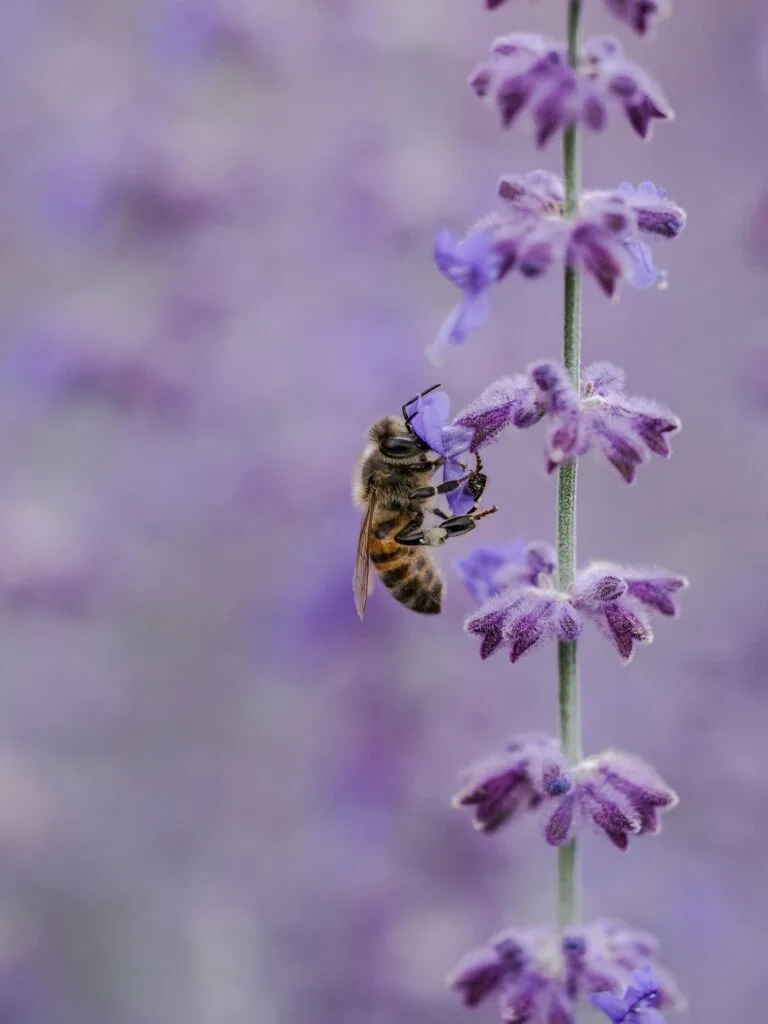
Photo by Aaron Burden on Unsplash
What if I don’t have enough room for a garden?
If you live in an apartment or a house with a small yard, consider potted plants on an apartment balcony, container gardens, or planter boxes. Or consider starting a community garden full of native grasses, nectar plants, and a mix of plants that the butterflies and honey bees will love! Some people also plant a new garden bed in their front yard, full of different plants and pollinator-friendly plants. Who says grass lawns have to be around every house?
Do Butterflies need Milkweed?
Milkweed is a primary source of not only habitat for monarch butterflies, but monarch caterpillars’ diets consists solely of milkweed! Adult monarchs will only lay their eggs on milkweed plants. So really, nothing else will do and we need to make sure there is plenty of milkweed along the migration path for our monarch butterfly friends!
What Should go in a Pollinator Friendly Yard?
- colorful nectar flowers
- native plants because they grow well in the areas where they’re local
- milkweed for Monarch butterflies
- make sure it gets lots of sunlight! A sunny garden will help your plants grow.
- no pesticide use, no chemical fertilizers
- small hedges or shrubs for hiding from the cold wind
- a hummingbird house and bee house
What are Some Pollinator Friendly Plants?
You should definitely research which plants are good for your growing zone, but here are just a few ideas of pollinator friendly plants for your yard and garden.
Perennials
- Bee Balm
- Attracts: Bees, butterflies, hummingbirds
- Features: Vibrant red, pink, purple, or white flowers
- Echinacea
- Attracts: Bees, butterflies
- Features: Large, daisy-like flowers in purple, pink, or white
- Black-eyed Susan
- Attracts: Bees, butterflies
- Features: Bright yellow petals with dark centers
- Lavender
- Attracts: Bees, butterflies
- Features: Fragrant purple spikes
- Salvia
- Attracts: Bees, butterflies, hummingbirds
- Features: Tall spikes in blue, purple, red, or white
Annuals
- Zinnia
- Attracts: Bees, butterflies
- Features: Brightly colored flowers in a range of colors
- Sunflower
- Attracts: Bees, butterflies
- Features: Large, sunny yellow flowers
- Marigold
- Attracts: Bees, butterflies
- Features: Bright orange, yellow, and red flowers
- Cosmos
- Attracts: Bees, butterflies
- Features: Delicate flowers in pink, white, and red
Shrubs
- Butterfly Bush
- Attracts: Butterflies, bees, hummingbirds
- Features: Long flower spikes in purple, pink, white, or yellow
- Spirea
- Attracts: Bees, butterflies
- Features: Clusters of small flowers in white, pink, or red
Herbs
- Thyme
- Attracts: Bees
- Features: Tiny flowers and fragrant leaves
- Basil
- Attracts: Bees
- Features: Small flowers and aromatic leaves
- Mint
- Attracts: Bees, butterflies
- Features: Spiky flowers and fragrant foliage
Vines
- Honeysuckle
- Attracts: Hummingbirds, bees
- Features: Tubular flowers in red, yellow, or white
- Clematis
- Attracts: Bees, butterflies
- Features: Showy flowers in a variety of colors
Trees
- Fruit Trees
- Attracts: Bees, butterflies
- Features: Blossoms in spring
- Redbud
- Attracts: Bees
- Features: Pink or purple flowers in early spring
By following these steps, you can create a vibrant, pollinator-friendly yard and garden that supports the health of your local ecosystem. Not only will you be providing essential resources for pollinators, but you’ll also enjoy the beauty and activity they bring to your outdoor space. Happy gardening!
Now sit back and watch the pollinators!
How to Plant a Pollinator Friendly Yard and Garden
Here are a few great pollinator friendly plants for your yard and garden!
This perennial has a delightful smell that is intoxicating and attractive to both humans and pollinators alike!
Flower buds appear in early to mid-spring and begin opening up in early summer. The flowering shrub has a long bloom period that can last through early fall for beautiful fall flowers too. The flowers will invite a variety of pollinators such as butterflies, bees, hummingbirds, and other insects into your landscape. Plant the butterfly-attracting bush somewhere the honey-scented fragrance can be enjoyed!
The flowering tree produces stunning, rose-purple flowers that bloom profusely in the early spring before its heart-shaped leaves emerge. The Eastern Redbuds foliage grows blue-green and turns dark green in summer and yellow color during the fall season.
Spiraea prunifolia are small to medium-sized deciduous flowering shrubs that produce cascades of creamy white flowers in spring and summer. The Bridal Wreath Spirea features sensational double white spirea flowers in early spring and lovely autumn colors until the leaves fall off.
The Pugster Pink® Butterfly Bush, a proven winners plant, is a captivating and essential addition to any garden or landscape. This exceptional butterfly bush variety is cultivated for its compact size and its ability to attract butterflies, hummingbirds, and other pollinators, adding movement and charm to your outdoor space.
The pollinators will love this beautiful flower!
Milkweed is the only thing Monarch butterflies eat !
Boost garden output by hosting gentle solitary bees that can pollinate up to 20x more than honeybees, house mason and leafcutter bees to grow an abundance of flowers, berry plants, and fruit and nut trees.
Provide a resting place to your hummingbirds!

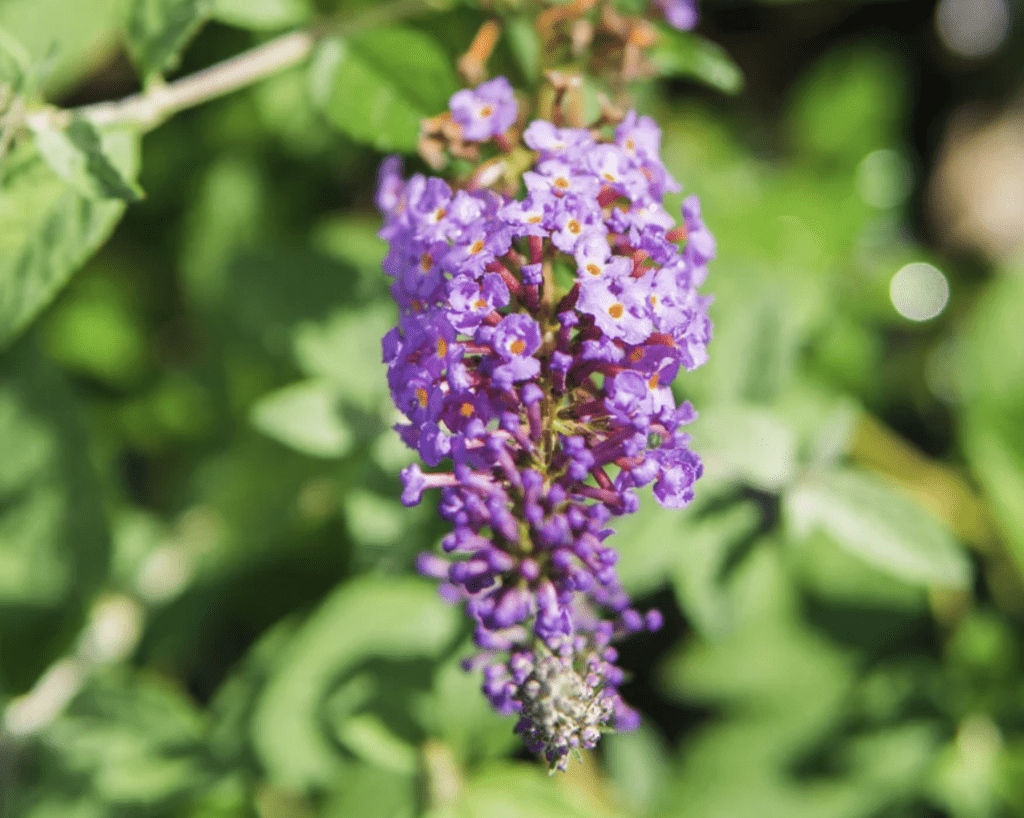
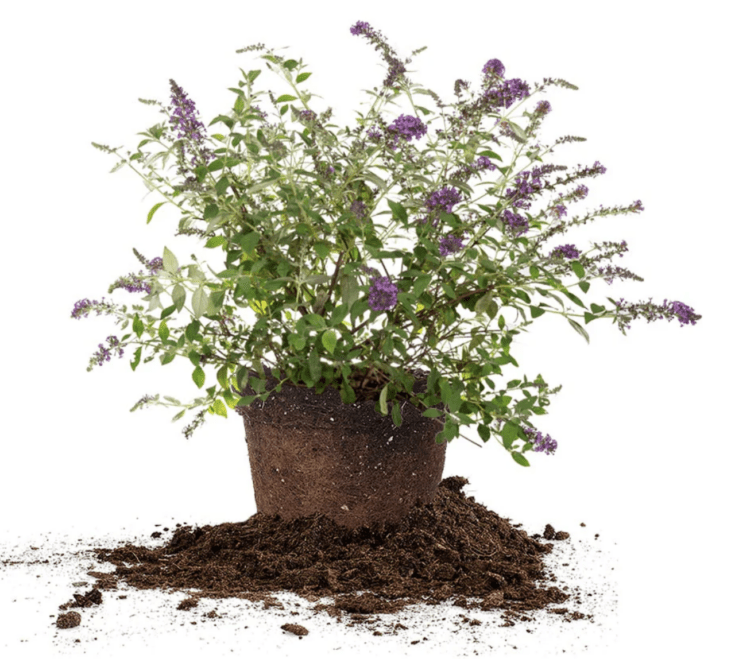
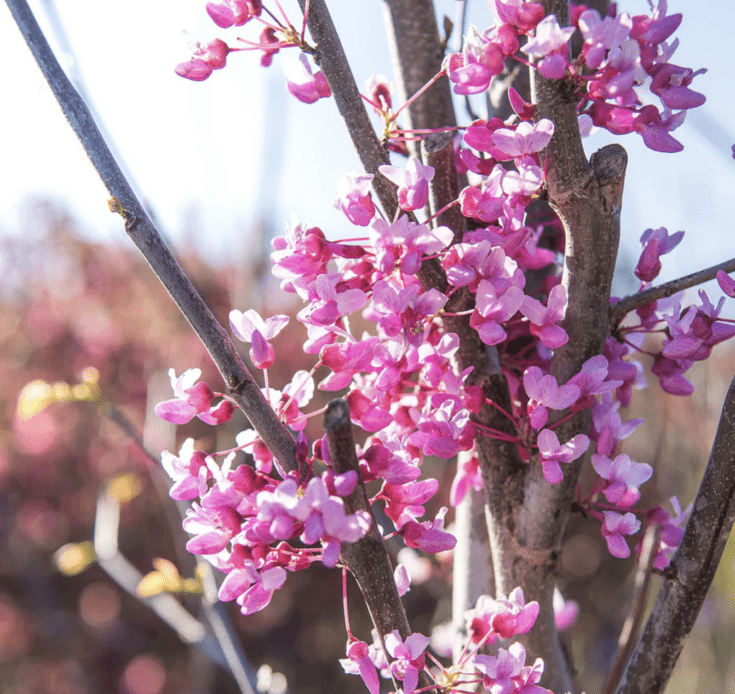
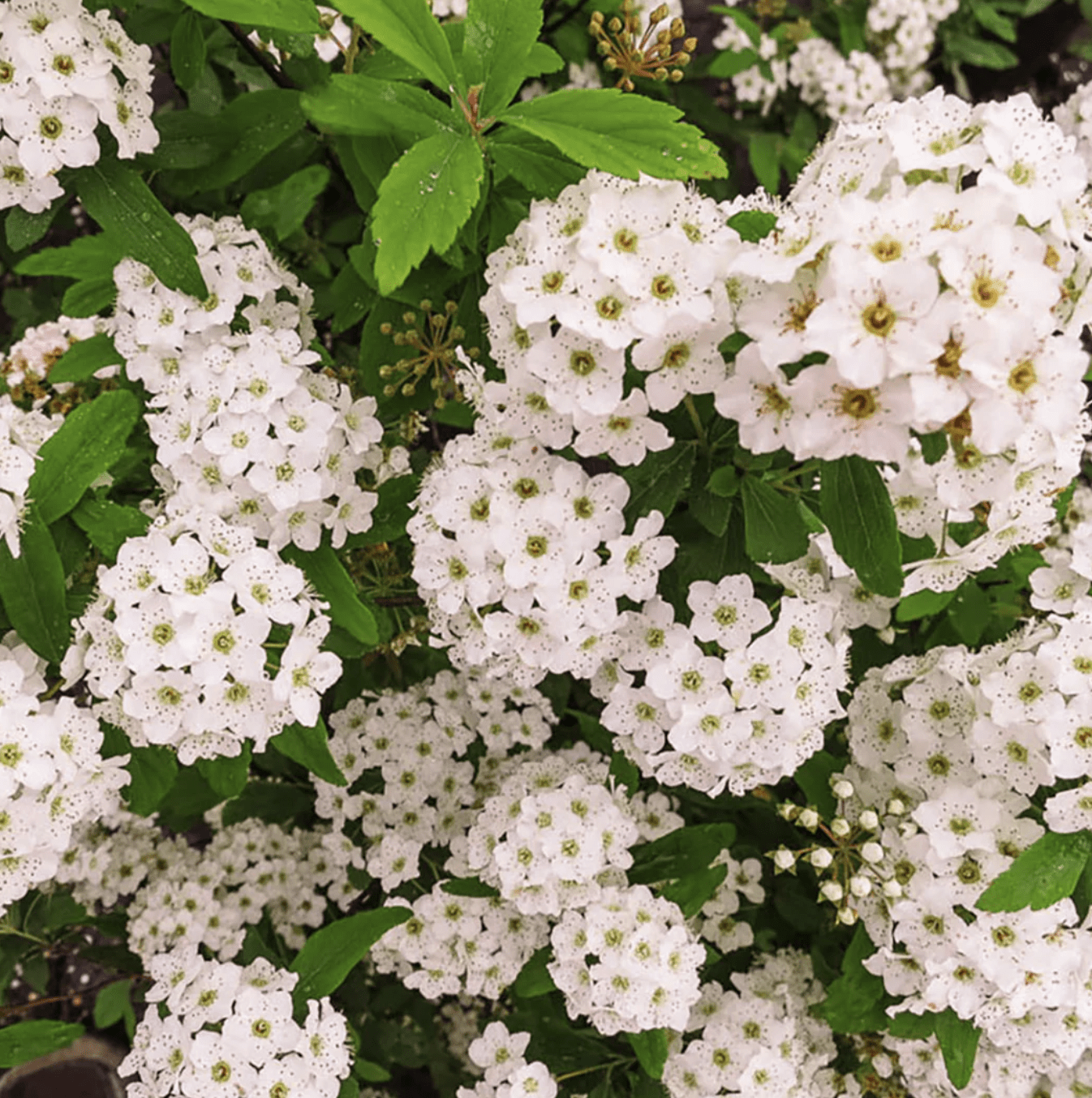
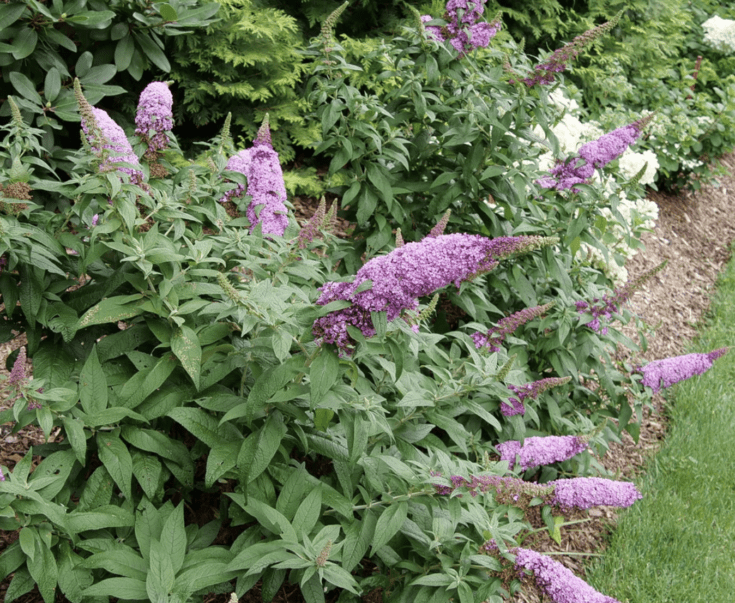
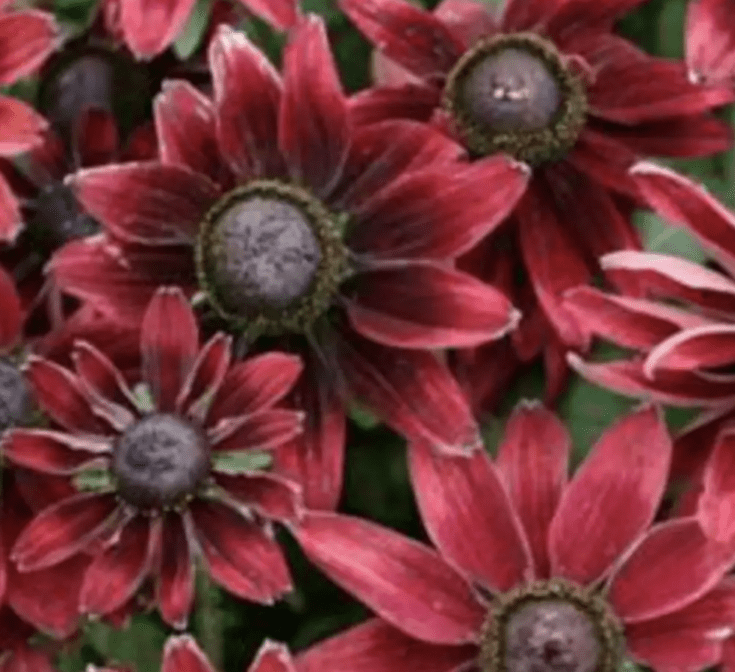


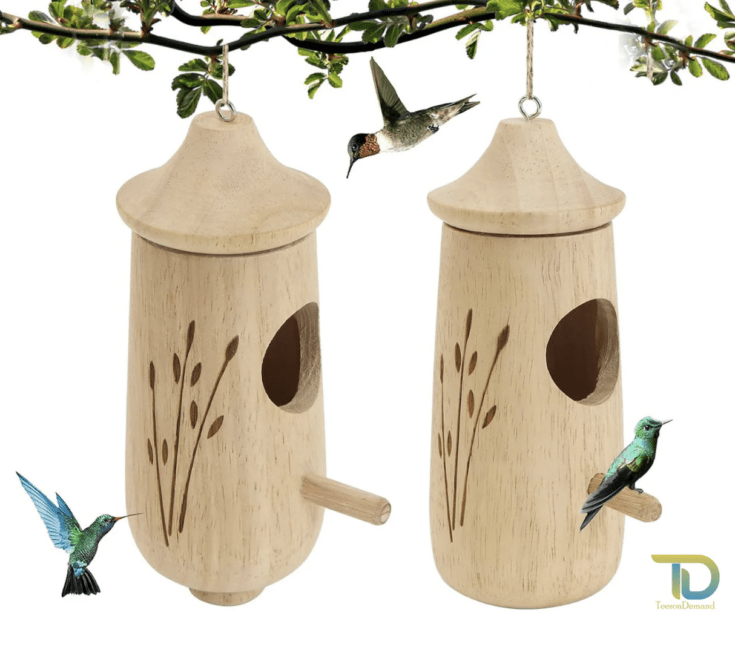
Should I rake the leaves out of my yard this fall?
Friday 6th of September 2024
[…] Federation warns that removing leaves may be harmful because wildlife such as caterpillars, birds, butterflies, and moths all depend on leaf litter for their primary food source and […]